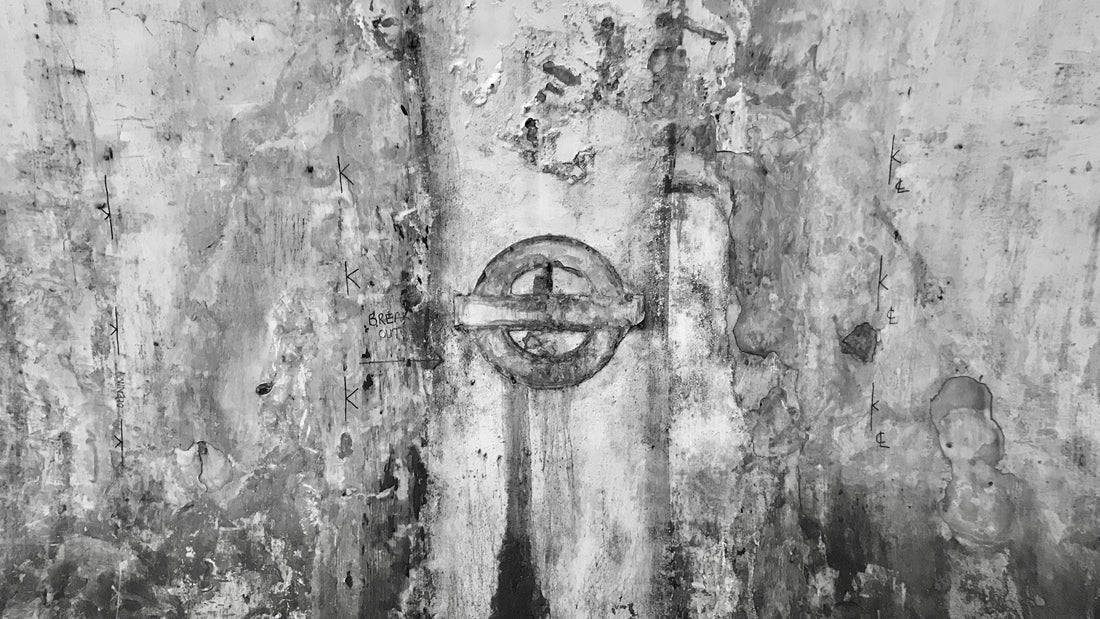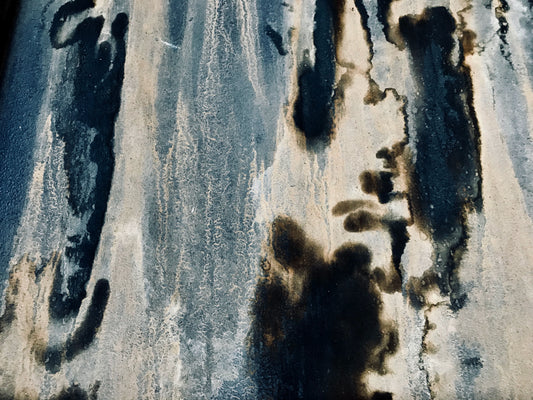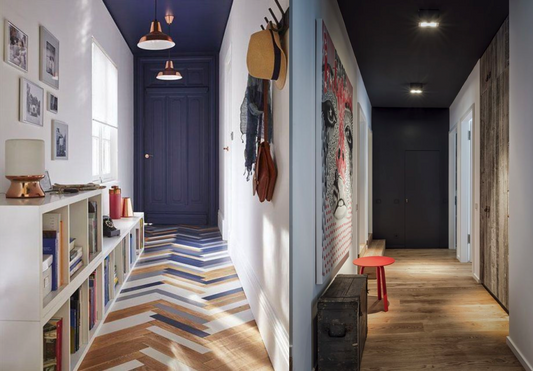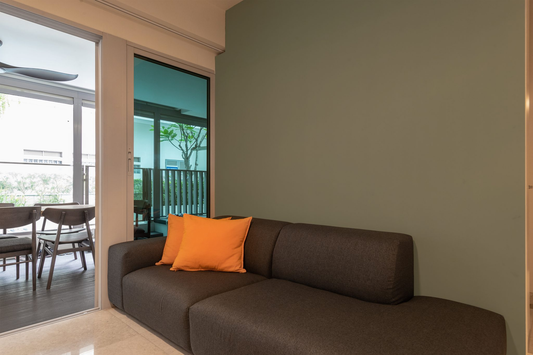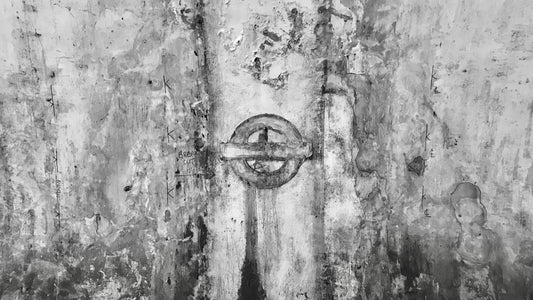Wellness
Why is mould bad? Airborne pollutants affect our daily home when they linger and accumulate within our spaces. The trouble is, they’re usually too small to be seen and avoided. And when we start to see them, or worse, feel them affect our health, it’s time to do something.
Let’s talk about the most conspicuous indoor air pollutant. They’re the black spots forming on the top of your bathroom walls, or on your ceilings. They’re the white grime you’ve noticed forming in the corner of your kitchen.
Mould; mold. However you spell it, it’s gotta go.

Mould is no gold.
Mould (also spelled mold) is a type of fungus, a naturally-occurring organism that decomposes dead organic material. In their most basic form, they exist as spores, light enough to travel through the air by wind, or by sticking to other objects, animals and humans.
Humanity has found ways to utilise mould, in fermentation and curing, to create delicious food. But that’s not what the mould in your house does, unfortunately. If present in sufficient quantities, they present a health hazard to any interior space.
The types of mould found indoors varies, from mildew to black mould. Some are less toxic than others, and depending on the types of mould, can be removed easily or might require professional treatment.

It only takes a spore.
How does mould form in our houses in the first place? Spores can enter our home in the most inevitable of ways. We carry them into our homes on our clothes and bodies. They might be blown into the house through an open window.
They can also grow out of organic material. Remember the classic school experiment involving bread left out for days? That’s mould spores feeding on the bread’s nutrients, reproducing and spreading. Tasty? We think not.

See how it spreads.
These main things are needed for mould to grow: moisture, warmth, oxygen and a food source.
With our tropical climate, the high humidity provides sufficient moisture for mould. Leaking pipes, rain seepage and other water leakages and dampness also contribute. This is why mould is commonly found in bathrooms, where moisture condenses onto surfaces often. Insulation also traps moisture, making it a fertile location for mould growth.
Our equatorial temperatures also provide mould with warmth, which stimulates the processes within the spores. Lowering the temperature does slow down mould, but doesn’t stop it entirely, particularly if the other factors are still present.
For food sources, mould feeds on materials like wood, carpets, and even dust. All of which are found at home.
Within our living spaces and daily environments, it seems like mould is primed to grow with ease. But as long as we can’t see them, what’s the harm?

Not-so-special effects.
Mould poses a health hazard when inhaled into our bodies. If you’re sensitive to mould, you may experience nasal congestion, throat irritation, cough, eye irritation or, sometimes, skin irritation. If you’re allergic to mould, you may exhibit more severe symptoms. The people most vulnerable to mould are those with low immunity and lung diseases, as they are more susceptible to serious infection in their lungs, should they be exposed to it.
The presence of mould within your spaces also presents another cause for concern. After all, mould isn’t the only thing that thrives in a humid environment.
Bacteria and viruses survive better and are more infectious in indoor environments with high humidity. This means that diseases are able to spread easily, and people with poor immunity are at risk. Dust mites also grow better in humid places. These little critters can cause a host of problems, such as wheezing, asthma, inflamed skin, runny nose, itchiness and conjunctivitis.
Apart from health, electronics and appliances are not spared from the effects of high humidity either. The metal parts within equipment and devices corrode due to moisture, which limits their longevity and performance, and raises expenses to replace and repair.

So, mould. A relentless organism that keeps the circle of life going; but isn’t a good thing to have in your home. And with the difficulties of controlling humidity, mould growth isn’t easy to stop.
Thankfully, we can fight science with science. Regular cleaning, proper ventilation, and mould removal technologies are effective ways to keep mould to a minimum. Gush paints are a great solution, formulated with anti-microbial agents that break down fungal spores.
But, as long as you’re not ignoring mould, and are taking some steps to fight it; awesome, you’re on the right track to a healthier interior.
